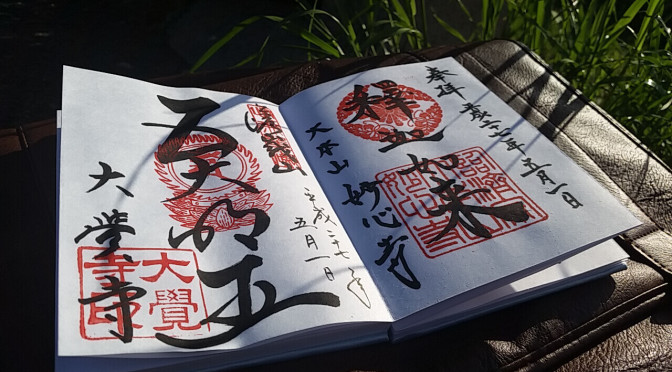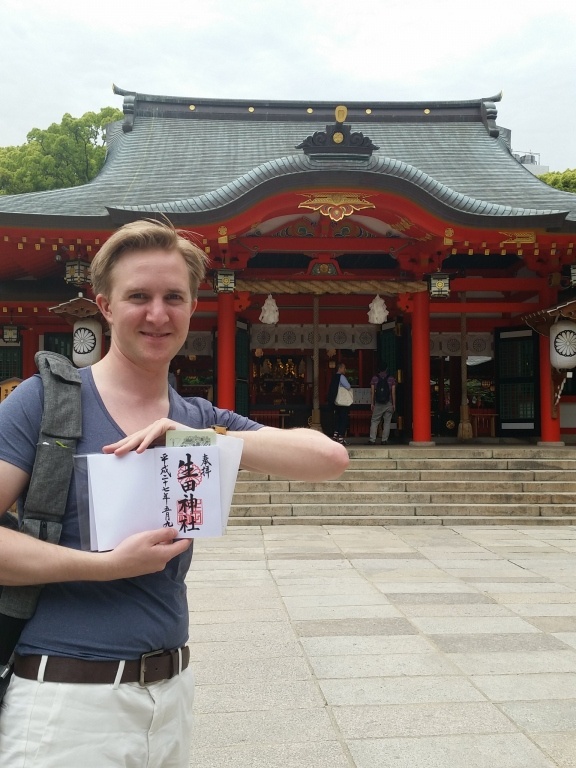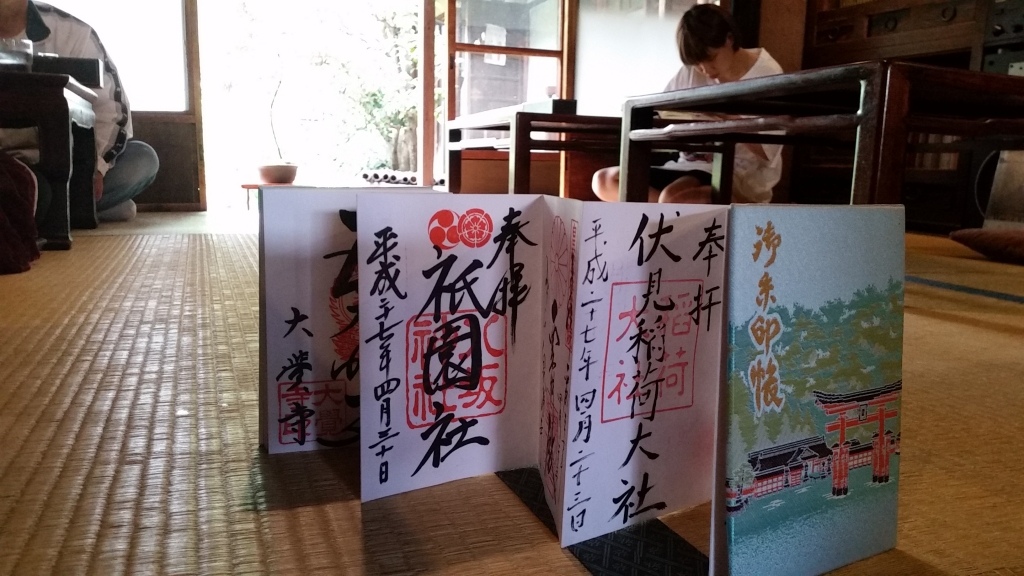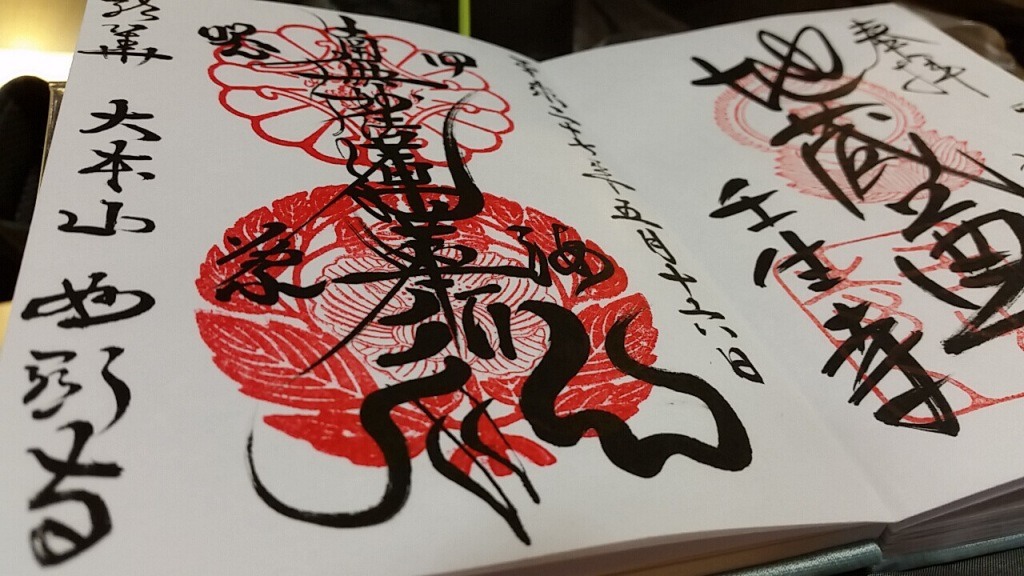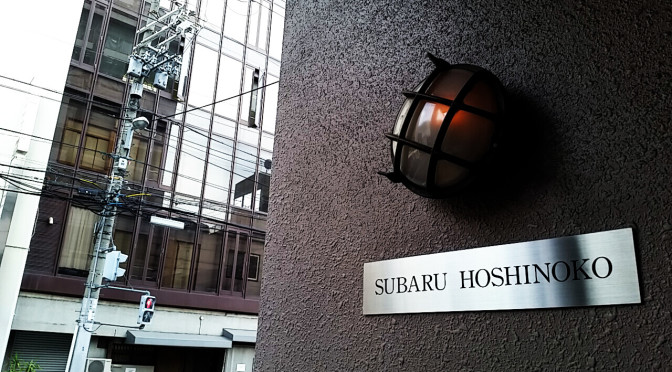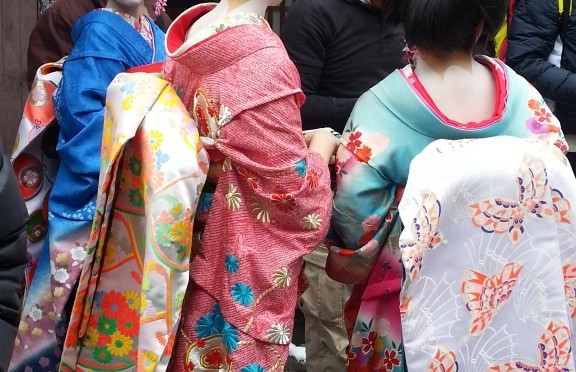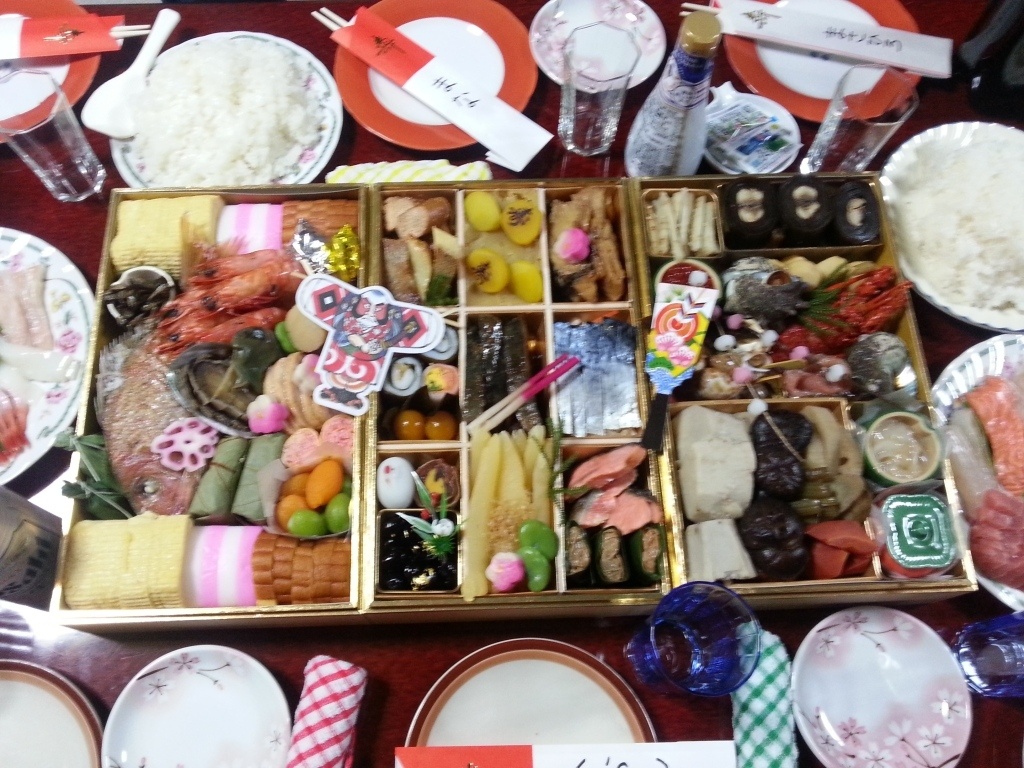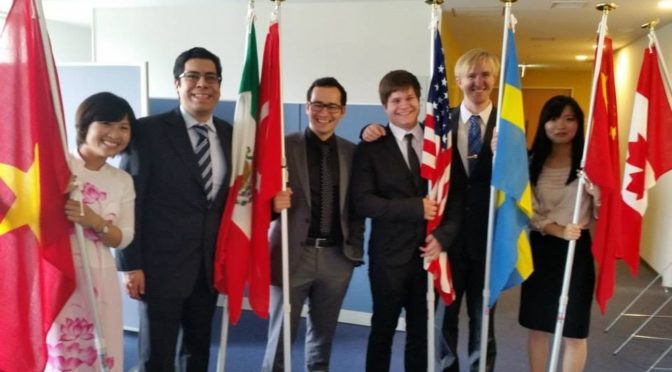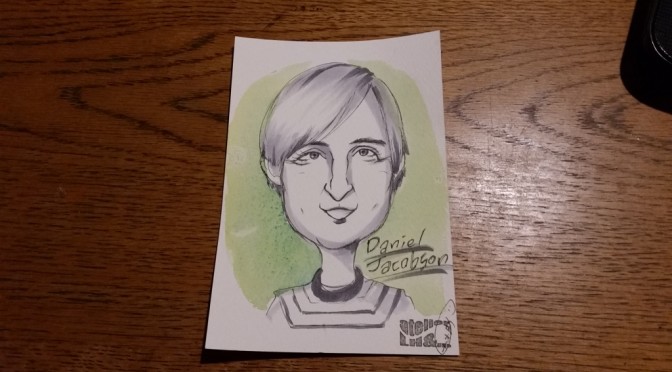Do you remember the joy of collecting Pokemon cards in your childhood? Well today I’m going to talk about something that even adults can collect without embarrassment!
Recently, I discovered a Japanese tradition of collecting red ink seals and beautiful handwritten calligraphy from Japan’s Buddhist Temples and Shinto Shrines. You collect the vermillion colored stamp of the official seal from the temples and shrines in a book called the goshuincho (御朱印帳), as well as a personally drawn piece of calligraphy. Each inscription has two parts: the stamp of the seal and the calligraphy of the temple’s/shrine’s name and the date.
Here’s how you can join in on the fun! You can first buy the book at one of the larger temples (for about ¥800-1500). I bought mine at the Itsukushima Jinja shrine in Miyajima in Japan.
So once you have purchased the book (and after you are done touring/praying at the temple/shrine), you can head over to the place with a sign that says 御朱印. This is always written in Japanese, so make sure to write it down!!! The priest will open your book to the next free page and stamp it with the temple’s/shrine’s seal. Then using a brush and some black ink, the priest will calligraph the date, along with the temple’s/shrine’s name. And after paying 300 yen, your book is returned infused with another unforgettable memory of Japan.
I have been collecting goshuin for about two months now, and I still get fascinated every time by the uniqueness of each seal and calligraphy. I’ve mostly been around Kyoto, as I live here and there’s no shortage of temples here. So the next time you visit a temple or shrine in Japan, why don’t you give goshuin a try?
Gotta Catch ‘Em All!
子供の頃にポケモンカードを集める喜びを覚えていますか?さて、今日私は大人でも恥ずかしい思いをせずに集めることができるものについて書きます!
最近、私は日本の習わしでもある、仏教寺院や神社を巡り美しい手書きの書道と朱印を集めることを発見しました。御朱印帳と呼ばれる本に寺院や神社の朱色の公印、ならびに個々人により描かれる書道を集めます。各御朱印は1、朱色のスタンプ 2、寺/神社の名前・日付の2つのパートからなります。
ではここで、御朱印の集め方を教えます!最初に、よく名前の知られている寺院にて販売されている御朱印帳(約¥800から1500)を購入します。私は宮島にある厳島神社で買いました。
その手帳を購入した後(一通り神社/寺を参拝してから)、御朱印という看板のある場所に向かいます。この看板はいつも日本語で書かれているので、御朱印帳の漢字を先に確認しておくことをお勧めします!司祭さん(朱印担当の方々)は、あなたの本を開いて、その手帳の次の新しいページに寺/神社の印を朱印します。その後、筆と黒いインクを使用して、寺/神社の名前と一緒に日付を達書きます。そして朱印代300円を収めた後、御朱印帳には日本の忘れがたい記憶をも刻み込まれ、あなたのもとに返却されるでしょう。
私は今、約2ヶ月間御朱印帳を集めていますが、御朱印をもらうたび、いまだににそれぞれの朱印と書道の独自性に魅了されます。さて、このブログをお読みの皆さんもぜひ御朱印を集めてみませんか?
御朱印 ぜーーーーんぶゲットだぜ
